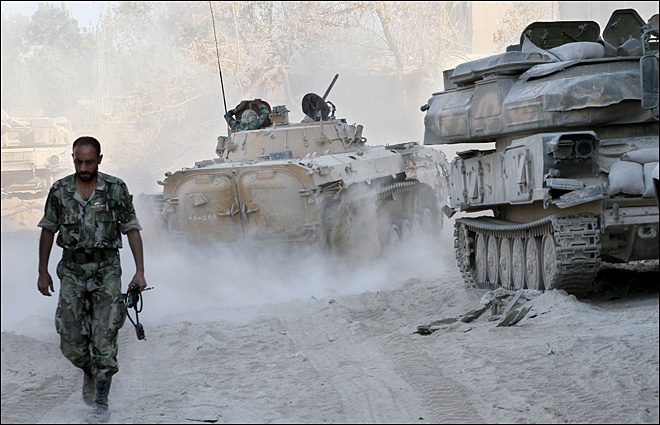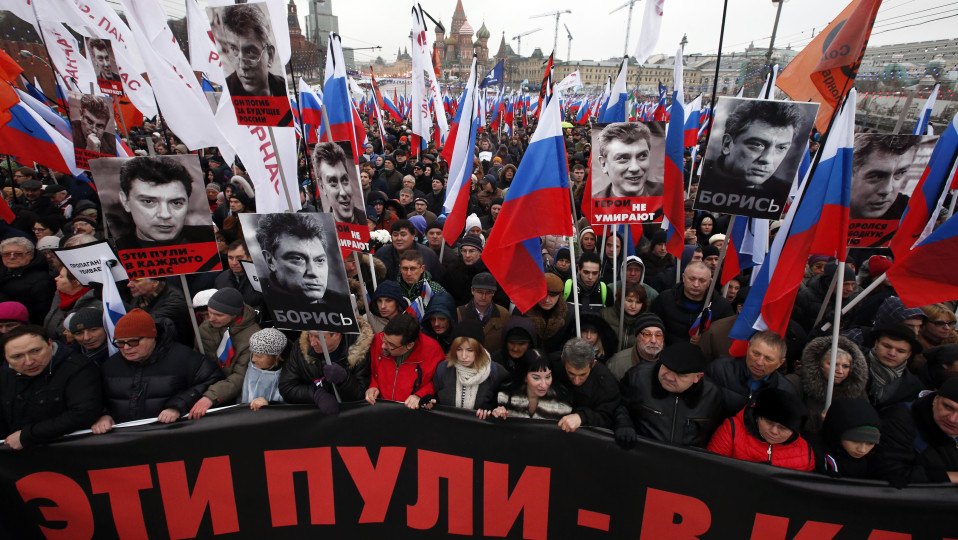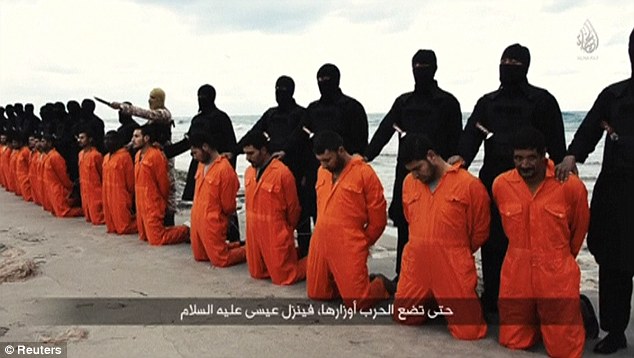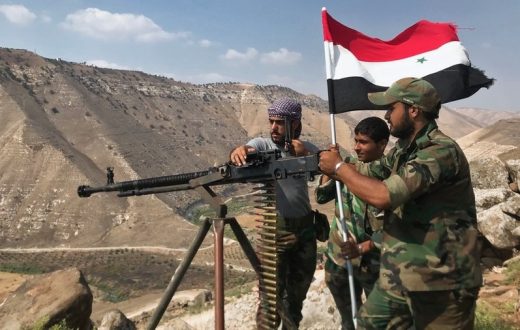Nov. 6
Syria
Rebels from the Free Syrian Army and from various Islamist groups recently defeated an offensive conducted by loyalist forces backed by Iran and Russia in Hama province. Rebels have since launched a counteroffensive, during which they seized important territory in the northern part of the province, including the town of Morek. In light of their losses, loyalists are now marshaling their forces in the city of Hama to repel further rebel advances.
The events in Hama province are revelatory, for they show the limits to Russian and Iranian support. Critical though that support may be, it is not robust enough to comprehensively turn the tide in the loyalists’ favor. Russia is mostly providing air support and materiel, but it is not providing what the regime needs most: dependable manpower. Iran has helped to establish the National Defense Forces as an auxiliary force and has dispatched several Islamic Revolutionary Guard Corps units and third-country militia forces, but even these cannot replace the tens of thousands of troops the regime has already lost.
It is little surprise, then, that the success of the loyalists has been uneven at best. They have pushed rebels back in places in southern Aleppo province, but they have been less successful in pushing them back in the provinces of Latakia and Homs. Clearly, the swift victory pro-government forces had hoped would accompany increased foreign backing is not in the offing.
The rebels’ success in Hama will pressure Russia and Iran to commit even more forces to the conflict. Moscow and Tehran will probably give in to this pressure because even if outright victory is not possible, improving the lot of loyalist soldiers improves their bargaining positions if and when powers convene to negotiate a settlement. Indeed, Russia has already increased its presence in Syria from 2,000 personnel to 4,000. It has also established three forward operating bases beyond its airfield in Latakia, has sent additional surface-to-air missile systems, and has increasingly involved its own artillery units in support of the loyalists.
But therein lies the inherent danger of mission creep. Given how dim the prospects are for negotiating a settlement to the conflict, Russia and Iran could find themselves involved in a difficult war without a clear end in sight.
The limits of Foreign Military Support to the Assad Regime in Syria are clearly showing their limits in November 2015.







